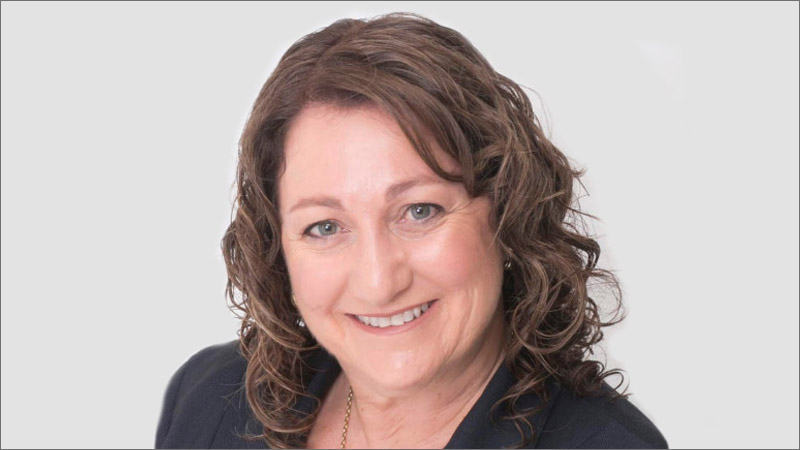SMSF property development prone to ‘slippery slope’
A lack of understanding of SIS legislation from trustees in relation to property development could lead them down a “slippery slope” to dealing with ATO breaches, an auditor warns.
The ATO has previously highlighted concerns around the increase in SMSFs entering into related-party property development arrangements for subsequent disposal or leasing.
SIS legislation and in-house asset rules
In a contributed blog, ASF Audits head of technical Shelley Banton said that while the definition of an in-house asset appears to be straightforward, the legislation surrounding in-house assets is anything but.
“An asset becomes an IHA (under s71 SIS) when SMSF trustees either loan, invest or lease the assets of their SMSF to a related entity. A related party is any member of the fund, a standard employer-sponsor or Part 8 associate of either of these,” Ms Banton said.
“In broad terms, an asset of an SMSF that is used and enjoyed by a related party of the fund is generally an in-house asset.
“Regardless of whether the use of that asset also contravenes the sole purpose test or not, the trustees must still ensure that the total market value of the SMSF’s in-house assets does not exceed 5 per cent of the market value of the SMSF’s total assets.”
SIS legislation and ungeared entities
Ms Banton noted that an SMSF may invest in a related company or unit trust without it becoming an in-house asset if it meets the conditions of r13.22C of the SIS Regulations at the time the investment is acquired and at all times while the fund holds the investment.
|
SISR Conditions Ungeared Unit Trusts & Companies Must Meet |
|
|
SISR 13.22C |
SMSF has less than 5 members Only assets in the unit trust are cash and property The unit trust cannot borrow or give a charge over the assets of the fund Related-party lease only allowed for business real property Related-party lease must be legally binding Related-party transactions must be at market value |
|
SISR 13.22D |
Must meet r13.22C at all times Cannot operate a business through the trust All transactions must be at arm’s length |
Source: Supplied
Where the fund fails to meet any of the conditions in r13.22C, Ms Banton said a catch-22 situation arises triggering r13.22D which states the related entity is required to meet the conditions of r13.22C at all times to be exempt from the in-house asset rules.
“Not meeting the conditions of r13.22C means that all investments held by the SMSF in that related company or unit trust, including all future investments, will become in-house assets,” she said.
“The asset can never be returned to its former exempted status, even if the trustee fixes the issue/s that caused the assets to cease meeting the relevant conditions.”
Therefore, Ms Banton said it can be difficult for SMSFs to meet and maintain these conditions while undertaking property development investments.
“Decisions that cause the exception to cease will require the fund to divest itself of the shares or units it holds over the 5 per cent limit within 12 months,” she said.
“Where the fund holds 100 per cent of the shares and the only asset in the ungeared entity is property, this may result in a fire sale of the property and winding up the unit trust or company.”
You can read Ms Banton’s full blog in the next SMSF Adviser Strategy bulletin on Saturday, 23 May.

Adrian Flores
Adrian Flores is the deputy editor of SMSF Adviser. Before that, he was the features editor for ifa (Independent Financial Adviser), InvestorDaily, Risk Adviser, Fintech Business and Adviser Innovation.
You can email Adrian at [email protected].








